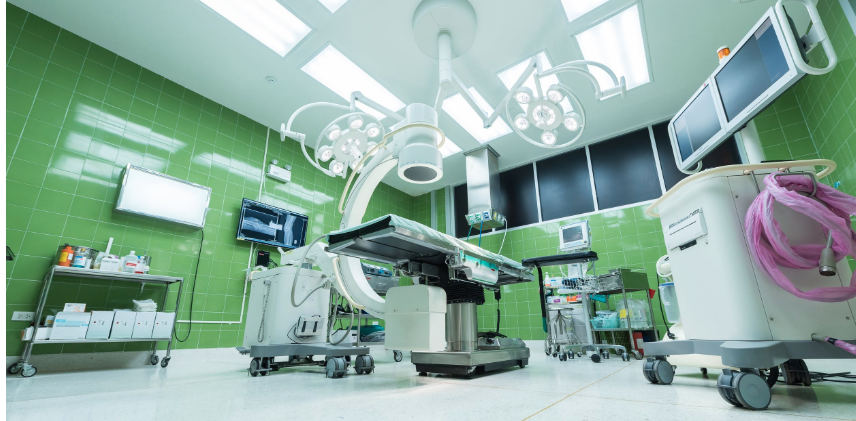From heating to sterilization to laundry services, hospitals rely on their steam boilers for so many essential operations. As a result, they need to do their homework when it comes time to choose a new boiler. Each hospital is distinct, but for the most part, hospitals have largely the same needs when it comes to steam boilers. Here is a look at what hospitals should be looking for to make sure they end up with the right boiler.
Load Fluctuation
 The steam needs of a hospital tend to fluctuate during different times of the year, and even during different times of the day. For example, large amounts of steam are usually needed early in the morning to heat the building. For this reason, it’s important for hospitals to have a boiler system that can increase production in a short period of time when steam needs start to spike. To meet this need, it’s becoming more common for hospitals to use smaller, modular boilers that can start producing steam in just a few minutes rather than larger boilers that take longer to get going if they aren’t kept in standby mode.
The steam needs of a hospital tend to fluctuate during different times of the year, and even during different times of the day. For example, large amounts of steam are usually needed early in the morning to heat the building. For this reason, it’s important for hospitals to have a boiler system that can increase production in a short period of time when steam needs start to spike. To meet this need, it’s becoming more common for hospitals to use smaller, modular boilers that can start producing steam in just a few minutes rather than larger boilers that take longer to get going if they aren’t kept in standby mode.
Energy Efficient
Instead of trying to save money by buying a cheap boiler, most hospitals would be better off choosing a boiler that will help them save money in the long run. Industrial boilers tasked with supplying steam to an entire hospital typically require large amounts of fuel to run. However, some of the newer boilers are designed in a way that makes them more fuel efficient than older models. These boilers can help hospitals save a significant amount of money on their energy costs every month, and in the long run, that will more than make up for paying a little more upfront for a new boiler.Safety
Safety is never something to overlook when it comes to boilers, especially for hospitals. Most modern boilers are inherently safer than boilers that were manufactured several decades ago. Also, a new boiler will be safer and in better working condition than one that’s 20 or 30 years old. Of course, it’s also helpful to have a boiler that has a monitoring system in place so you can know about any problems that may pop up and address them before they become serious.Size
It’s common for space to be at a premium inside a hospital steam plant or boiler room. This is why bigger isn’t always better when it comes to boilers. Modern, modular boilers are sometimes half the size of traditional boilers, which can be particularly advantageous for hospitals that may have limited amounts of space. Most hospitals need to meet N+1 redundancy requirements, so they always need to fit one extra boiler in case one malfunctions. This is a lot easier to accomplish if the boilers are smaller. Plus, smaller boilers means more space inside the steam plant, making it easier to add another boiler at a later date if steam demands increase.Environmental Impact
Obviously, patient care is more important for most hospitals that being environmentally-friendly. Nevertheless, hospitals should give at least some consideration to boilers that can help to reduce the emission of harmful substances like NOx. After all, hospitals are supposed to look out for people’s health, so it makes sense they would want to keep harmful toxins out of the air as much as possible.The Right Hospital Boiler
If you’re looking for a boiler that checks all of these boxes, look no further than Miura. Our small, modular boilers excel at handling fluctuating steam demands, lowering energy costs, and reducing emissions. Contact a Miura representative to learn more about how Miura boilers can outperform your current boiler.Contact Miura today to learn more about choosing a steam boiler system for your hospital.




